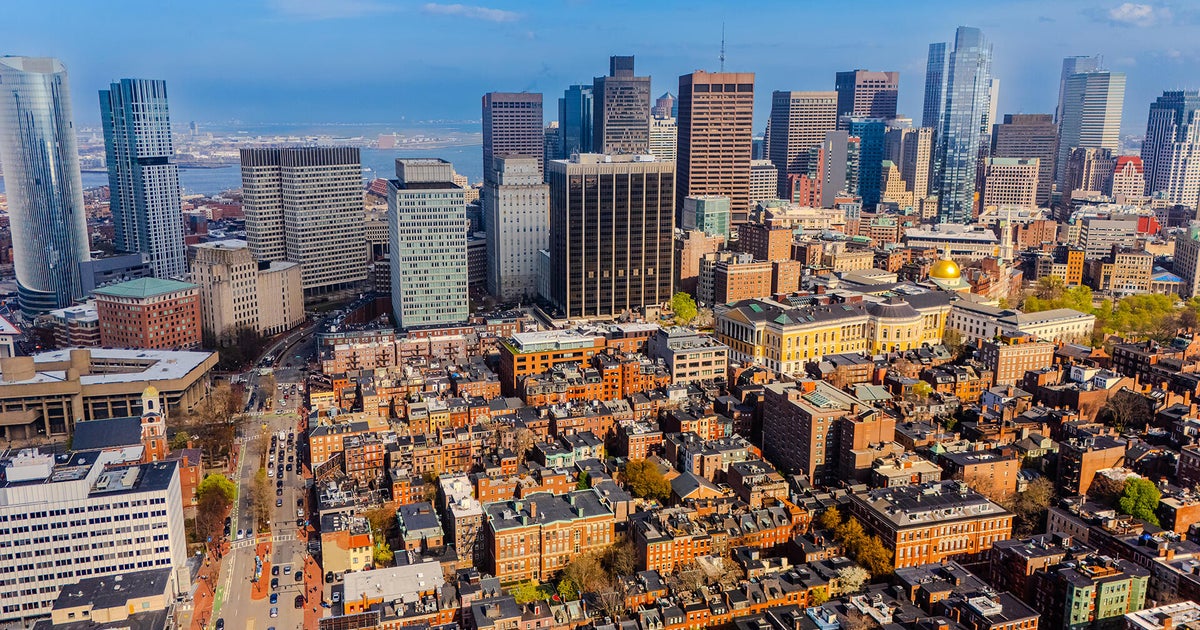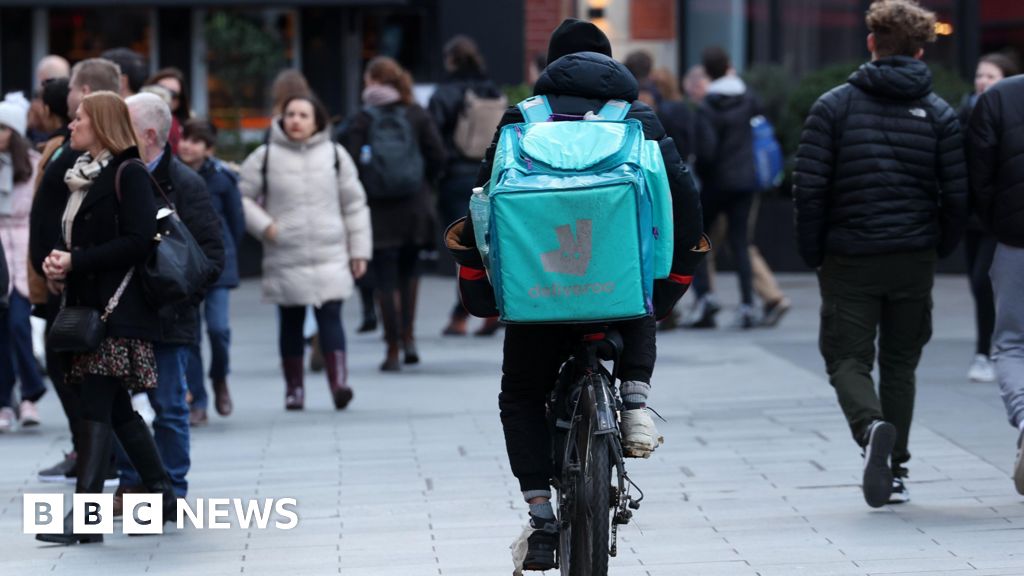Elaine Knox
For a long time, many climate scientists and advocates held onto an optimistic belief: when the impacts of global warming became undeniable, people and governments would finally act decisively. Perhaps a devastating hurricane, heatwave or flood – or even a cascade of disasters – would make the severity of the problem impossible to ignore, spurring large-scale action. Yet, even as disasters mount, climate change remains low on voters’ priority lists and policy responses are tepid.
This widespread inaction is often blamed on political or structural forces. But decades of psychological research suggest something deeper is at play: the human brain tends to overlook slow, creeping change.
While many regions are facing severe climate extremes, for most of the world, climate change appears as a slow, gradual shift in daily weather.
This subtlety is a problem. People judge the issue largely via personal experience: we are more worried on an unusually hot day, and less so when the weather feels normal. But as things gradually worsen, our sense of “normal” quietly shifts. This is known as the boiling frog effect – where subtle, incremental changes fail to trigger alarm, resulting in apathy despite worsening conditions: like a frog in a pan of slowly warming water.
In 2020, we were researching climate impacts in Princeton, New Jersey. The area doesn’t face wildfires or droughts, but we realised it had lost something: winter ice skating. For decades, you could skate on Lake Carnegie every year. Now, it rarely freezes over.
Through conversations with long-term residents and digging into local newspaper archives, we discovered there had been a stark decline in ice skating on the lake over the past century, and a sense of loss over it. This interruption to a winter tradition suddenly made climate change in Princeton feel real. Tangible. Personal.
That led us to ask: could binary climate data – yes-or-no indicators such as “lake froze” vs “no freeze” – make people sit up and take notice better than graphs showing gradual temperature rise?
We tested this idea in a series of experiments. Participants were shown one of two graphs: one displayed a fictional town’s rising winter temperatures; the other showed whether its lake froze each year. Importantly, both graphs captured the same underlying climate trend. But people’s responses were very different.
People who saw the binary “froze or not” graphs consistently perceived climate change as having a greater impact than those who saw the temperature graphs. In follow-up studies with data from lakes in North America and Europe, we saw the same result. When climate impacts were presented in these kinds of black-and-white terms, people took them more seriously.
Why? We found that binary data creates an illusion of sudden shifts. When people saw a series of winters when the lake froze, followed by years when it didn’t, they perceived a clear “before” and “after”, even though the change was gradual.
Climate change isn’t just a physical crisis. It is also a psychological problem. And unless we communicate it in ways that feel real, we risk tuning out the warning signs until it is too late.
We hope these results spur policy-makers, journalists and educators to take action. Highlight the concrete losses people can relate to: winters without ice skating, harvests damaged by drought, summers filled with wildfire smoke. Use visuals that contrast “what we had” with “what we’ve lost”.
Let people see what’s changed – not just the slope of a line.
Grace Liu is at Carnegie Mellon University in Pennsylvania and Rachit Dubey is at UCLA
Topics:









 English (US) ·
English (US) ·